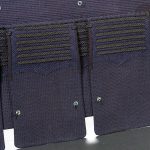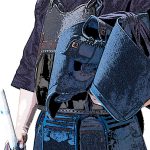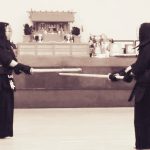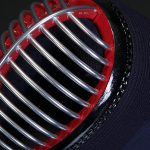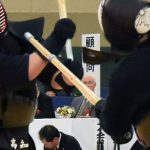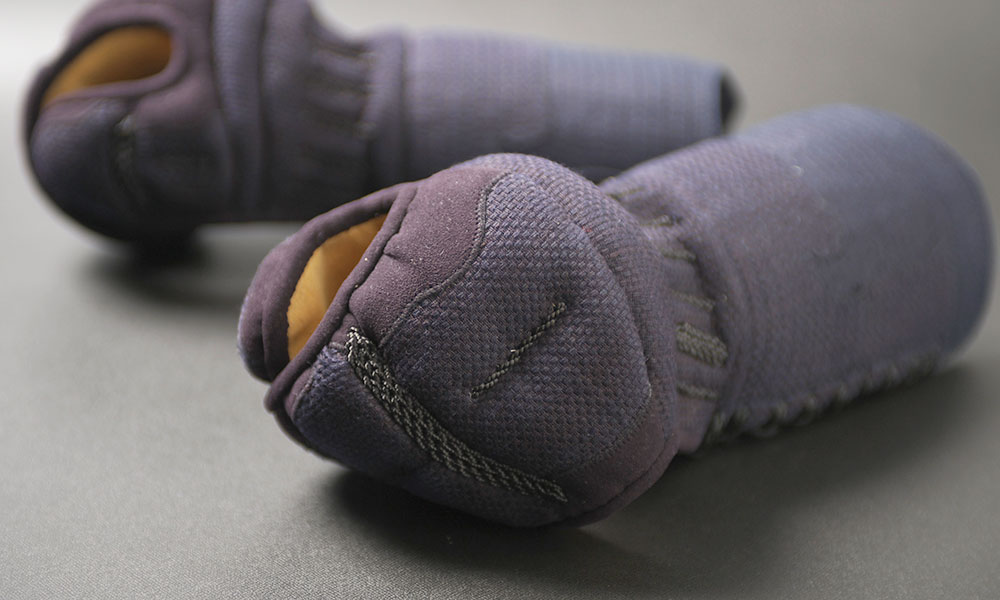
The Kote- Can you correctly grip the shinai from the top?
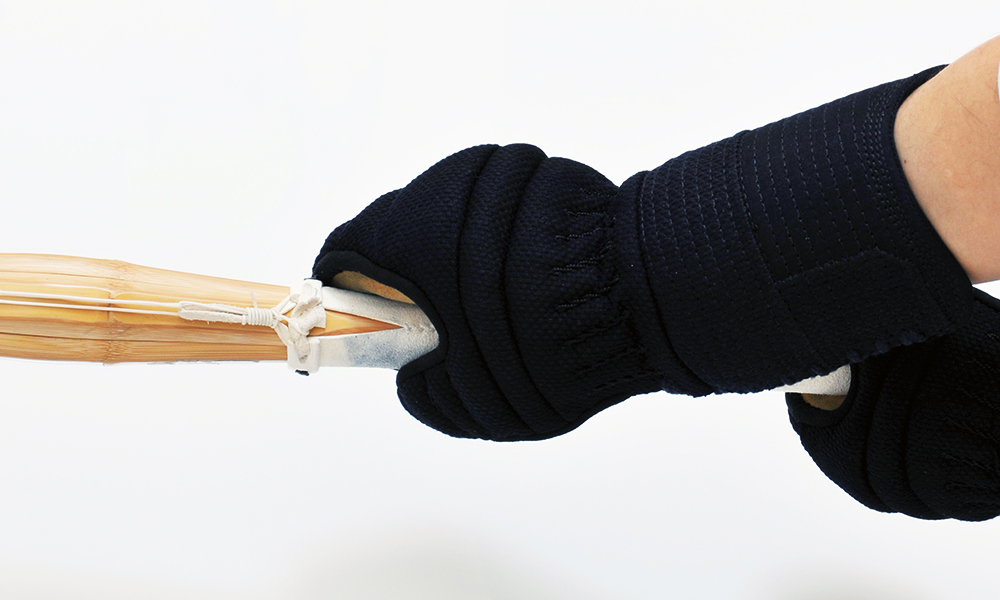
Kote-buton and the kote-gashira
As with the men, the stuffing of the kote-buton is very important. There are many items that lack adequate impact absorption in the kote-gashira (fist) area, and so you should be careful. Any futon that is stiff like a board just won’t fit well. The kote-gashira portion of the kote is stuffed with things such as deer hair, but without adequate stuffing it can hurt, and worse, lead to injury.
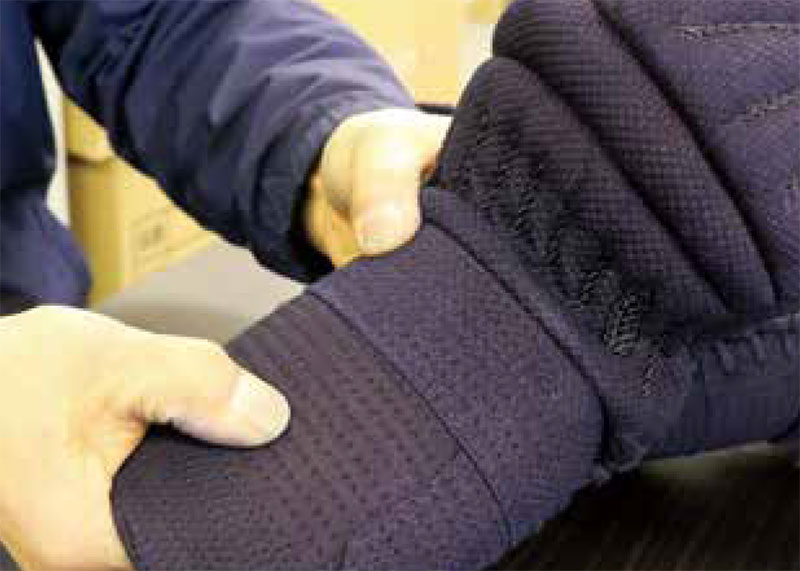
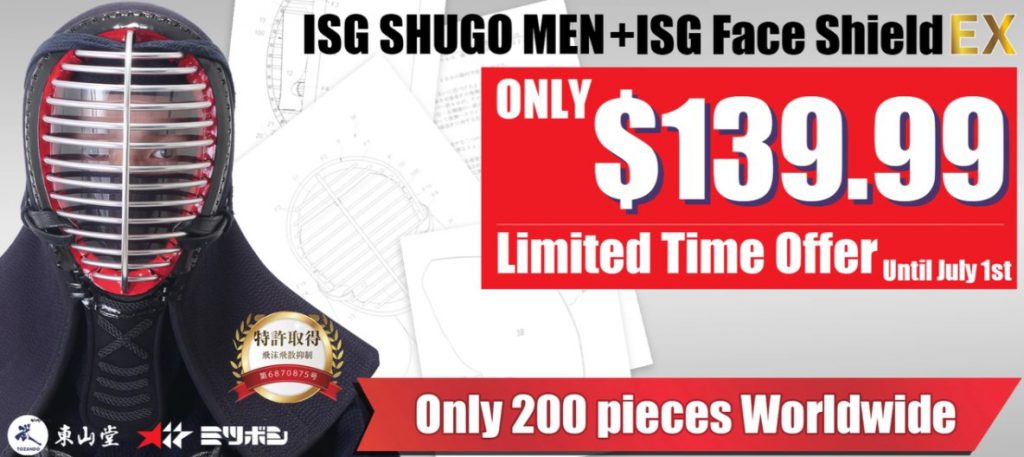
The cotton around the tsutsu (wrist area)
Something that has become popular in recent years is to stuff less cotton into the area around the wrist, improving flexibility. If the result is that being struck in that area hurts, it is difficult to say that it is good protective gear. When it comes to this area, it is important to have balance between flexibility and protection.
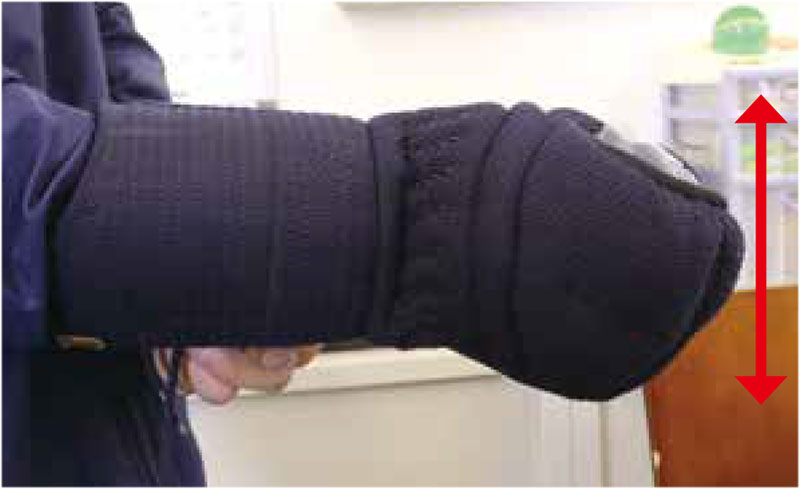
As far as usability is concerned, there are many people who say that if this area is more flexible, it is easier to use. Of course, with less cotton stuffing flexibility improves, but it really hurts if you’re struck there. It is protected by the fist area as well as the tsuba, and it may indeed be struck much less often then the kote-gashira or kote-buton, but there are times when the shinai hits this area. It is not just flexibility, but also cushioning that is important. So, it may be better to say that it is good for it to be more flexible to a certain degree.
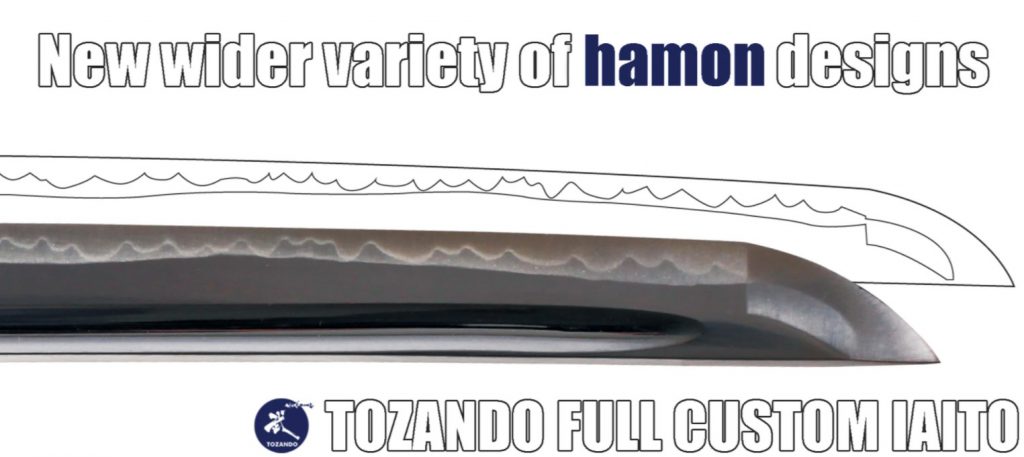
The attachment of the wrist and fist portions
For a more detailed explanation, please use other kendo instruction materials or the teachings of your own instructor, but – the correct way to grip a shinai is holding it from above allowing your hand to line up along the top. It is seen as incorrect to grip the shinai from the sides. Yet, there are some kote that the shape of which creates a tendency for people to grip the sides of the shinai. It would be hard to say that having your hands pulled in this way is a good thing.
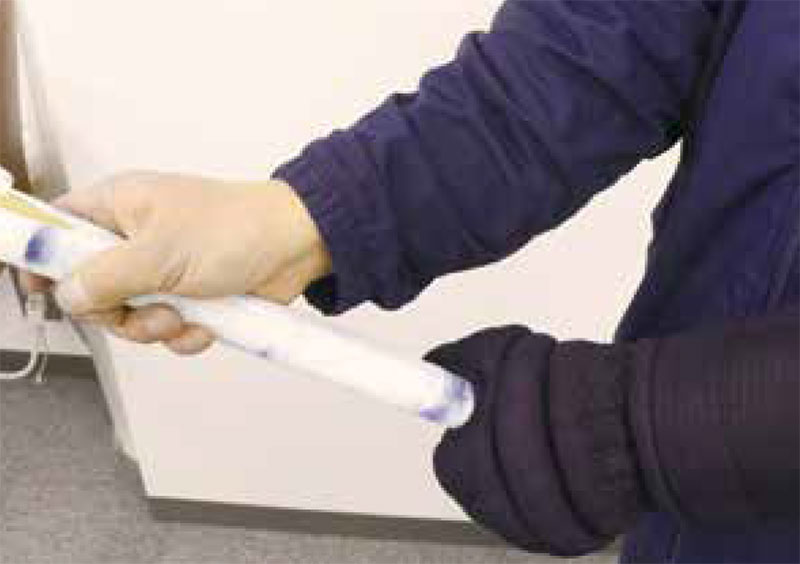
What this means is that it is important to buy a pair of kote that naturally allow you to hold the shinai correctly. There are some that naturally allow your hands to line up as you hold it from the top, and there are some that pull your hands to the sides as you grip. This is a difference that comes from the shape of the kote as they are made.
 | Did you like what you've just read? Check this out. |



